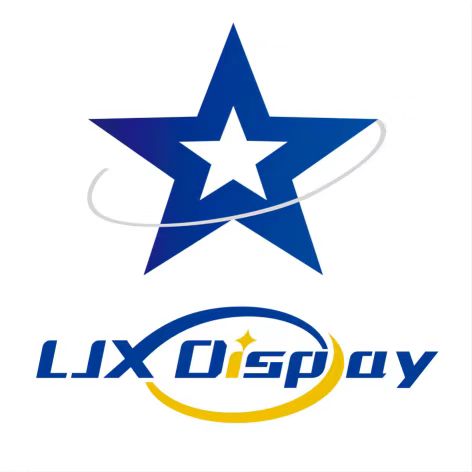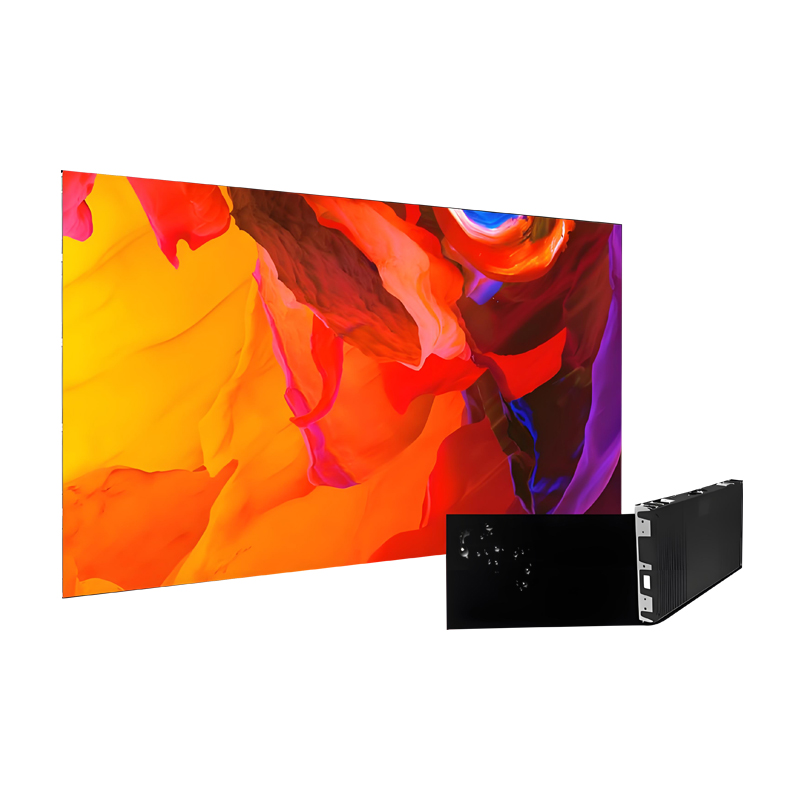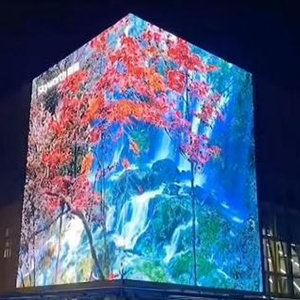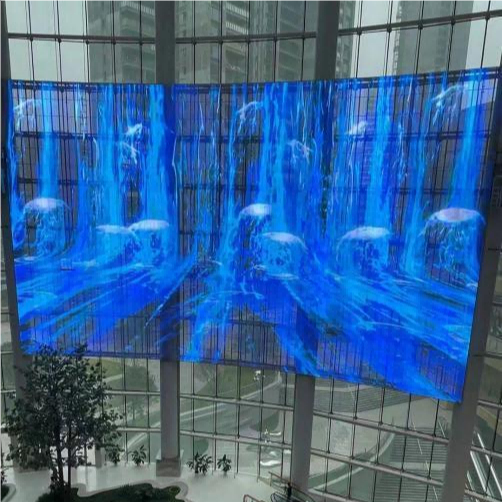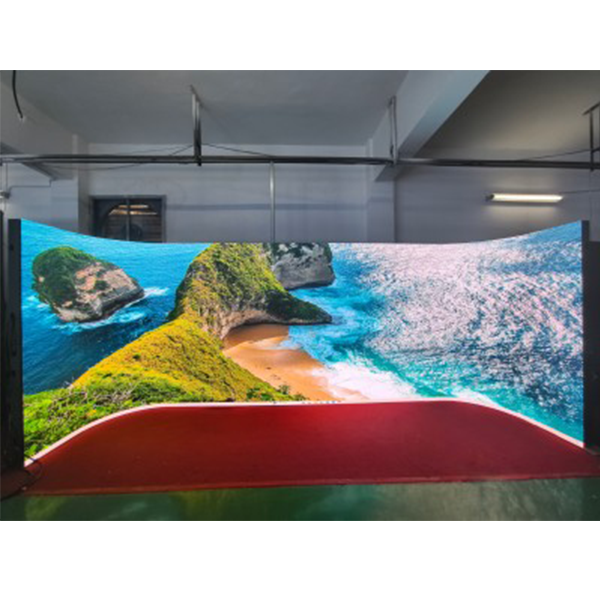Company News
In terms of working principle, the light emitting principle is unique: LED (Light Emitting Diode) is a light-emitting diode, and its core is a semiconductor chip. One end of the chip is the negative electrode, and the other end is connected to the positive electrode of the power supply, encapsulated with epoxy resin. When current passes through, electrons and holes are pushed towards the quantum well and recombine, emitting energy in the form of photons, thereby achieving luminescence. Moreover, the wavelength (i.e. color) of light is determined by the material forming the P-N junction, which allows LEDs to achieve a wide range of color variations. Accurate digital signal control: In LED displays, the brightness and color changes of each pixel are controlled by digital signals. Digital signal is a discrete form of signal that encodes various information in binary systems using a combination of "0" and "1", including text, images, videos, etc. These digital signals are converted into signals suitable for LED driving by the control system, and then the driving circuit controls the light emission state of each LED pixel, achieving the display of images and text. In terms of display performance: ultra-high brightness and clarity: LED displays adopt unique backlight technology, using LED as the backlight source, with higher luminous brightness. Compared with traditional LCD displays with cold cathode fluorescent or incandescent backlighting, it can achieve brighter display effects. And it can still be displayed clearly under strong light, even under direct sunlight, the picture can maintain bright colors. High color reproduction ability: LED displays can provide a wider color gamut. Compared to traditional LCD technology, the colors of images are richer and more delicate, and can truly reproduce the colors of various scenes, bringing realistic visual effects to the audience. Excellent viewing angle performance: LED displays have a wide viewing angle of up to 160 or even larger, providing a good visual experience from any angle. This makes them highly advantageous in applications such as large venues and squares, where viewers can easily see the content on the screen from different positions. In terms of technological innovation, 1: Flexible screen technology: Flexible LED displays can be installed on curved surfaces according to specific environments, and can fit various irregular surfaces such as cylinders, curved walls, etc., increasing decorative and visual effects, providing more possibilities for creative design and space utilization. Transparent screen technology: Transparent LED displays can achieve transparent visual effects, displaying images and information without affecting line of sight, providing a new display method for commercial displays, building curtain walls, stage design and other fields, creating a unique visual experience. Intelligent interaction technology: By combining sensors and artificial intelligence technology, LED displays can achieve functions such as touch and gesture recognition, providing users with a more intelligent and convenient operating experience, and enhancing the interaction between people and screens. Widely applicable fields: Outdoor advertising field: LED outdoor advertising display screens have the characteristics of high brightness, bright colors, wide viewing angles, and dynamic display, which can attract the attention of pedestrians and play an important role in commercial advertising, urban promotion, and other aspects. It can be installed on the exterior walls of buildings, squares, highways, and other places, becoming a part of the urban landscape. In the field of stage performances, LED displays can change the background image and play video effects in real time according to the needs of the performance, adding visual impact and artistic appeal to the performance. It can be combined with lighting, sound and other equipment to create a stunning stage effect. In the field of sports events, LED displays are used in sports venues to play game information, athlete introductions, real-time score displays, etc., allowing the audience to keep up with the game dynamics in a timely manner. At the same time, high-definition displays can capture the exciting moments of athletes, providing viewers with a better viewing experience. In the field of monitoring and command: In the monitoring and command center, LED display screens can simultaneously display multiple monitoring images, making it convenient for staff to monitor and analyze various information in real time. It has the characteristics of high resolution and high refresh rate, which can accurately present monitoring images and provide strong support for command decision-making.
 English
English  简体中文
简体中文 España
España Russian
Russian Deutsch
Deutsch 日本語
日本語 Francais
Francais ltaliano
ltaliano 한국어
한국어